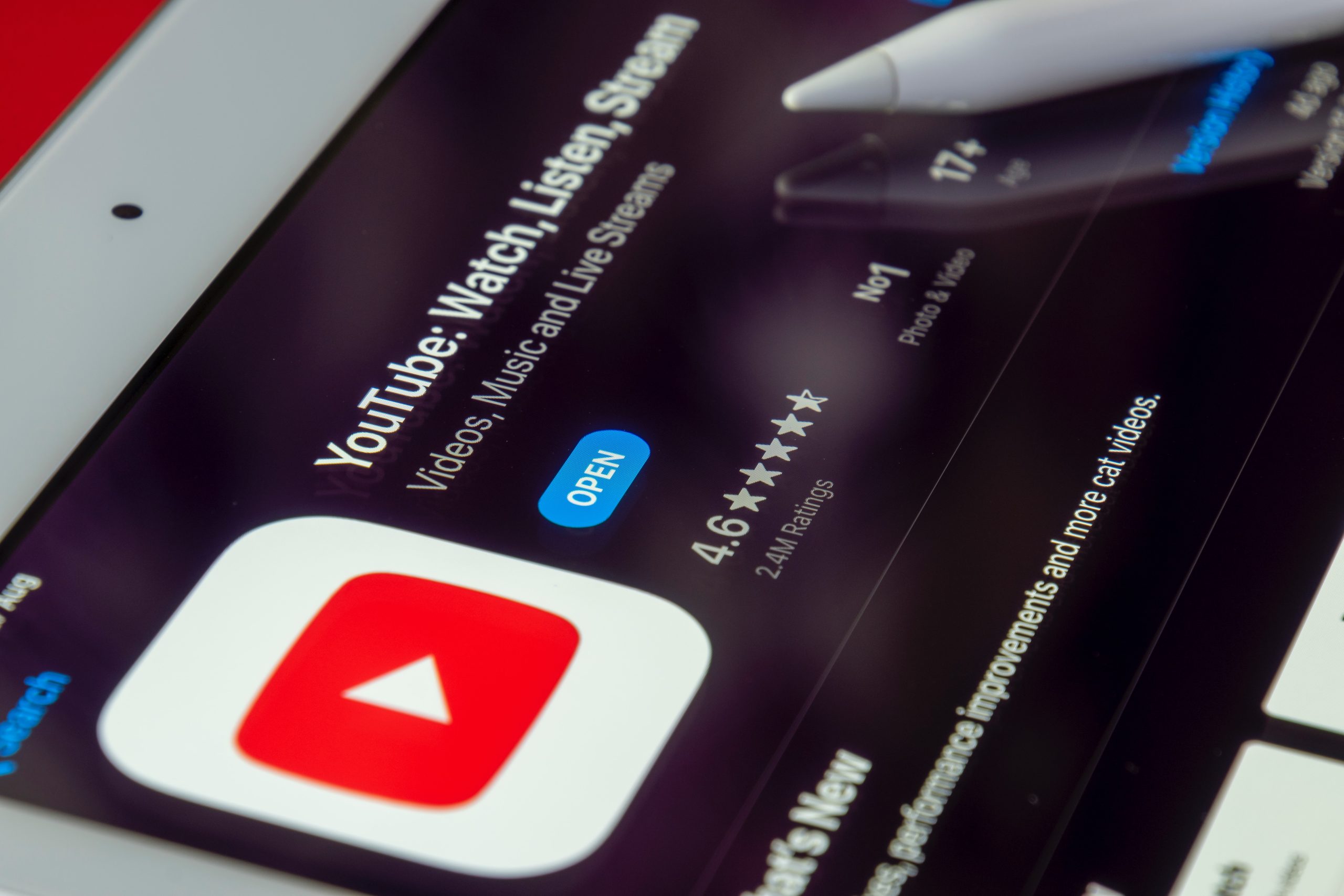In recent years, streaming has become an increasingly popular way to consume entertainment. Services like Netflix, Hulu, and Disney+ have transformed the way we watch TV shows and movies, providing us with a seemingly endless supply of content at our fingertips. But what impact is this trend having on the entertainment industry as a whole? In this article, we will explore the rise of streaming and how it’s changing the entertainment industry.
The Growth of Streaming
Streaming has been around for a while, but it wasn’t until the launch of Netflix’s streaming service in 2007 that it really started to take off. Since then, the number of streaming services has exploded, with new players like Amazon Prime Video and Apple TV+ entering the market. In 2020, the COVID-19 pandemic further accelerated the growth of streaming, as people around the world were forced to spend more time at home.
The Impact on Traditional Media
The rise of streaming has had a significant impact on traditional media, particularly on cable TV. As more and more people cut the cord and switch to streaming services, cable TV has seen a steady decline in subscribers. This has forced traditional media companies to adapt and embrace streaming, with many launching their own streaming services in an effort to compete with the likes of Netflix and Hulu.
The Impact on Content Creation
The rise of streaming has also had a significant impact on the way content is created. With streaming services looking for new and original content to attract subscribers, there has been a surge in demand for content creators. This has led to an increase in the number of TV shows and movies being produced, as well as a shift in the way content is created. Many streaming services have embraced the binge-watching model, releasing entire seasons of TV shows all at once to encourage viewers to watch more.
The Impact on Viewership
The rise of streaming has also changed the way we watch TV shows and movies. With streaming services, viewers can watch their favorite shows and movies on-demand, rather than being tied to a specific airing time. This has led to a rise in binge-watching, as viewers can watch entire seasons of a show in one sitting. However, it has also led to a decline in traditional watercooler conversations, as viewers are no longer all watching the same shows at the same time.
The Future of Streaming
The rise of streaming shows no signs of slowing down, with new players entering the market all the time. However, there are challenges ahead for the streaming industry. One of the biggest challenges is the growing cost of content creation, as streaming services compete to produce the most compelling content to attract subscribers. Additionally, as more and more services enter the market, there is a risk of subscription fatigue, with viewers becoming overwhelmed by the number of services they need to subscribe to in order to access their favorite content.
Conclusion
The rise of streaming has transformed the entertainment industry, providing viewers with a seemingly endless supply of content at their fingertips. However, it has also had a significant impact on traditional media, content creation, and the way we watch TV shows and movies. While the future of streaming looks bright, there are also challenges ahead for the industry. As the competition for subscribers heats up and the cost of content creation continues to rise, it will be interesting to see how the streaming industry continues to evolve in the years to come.




